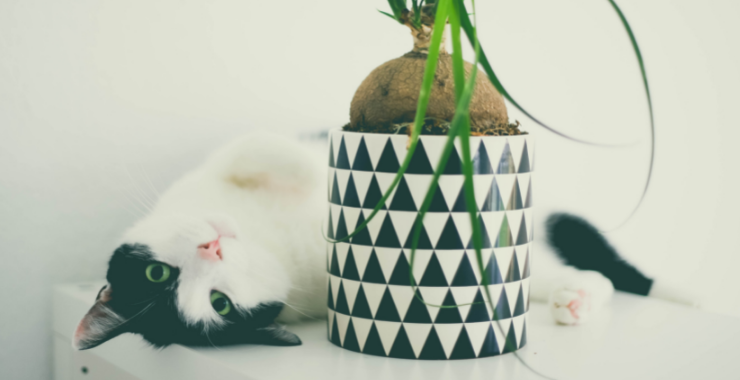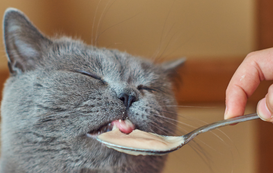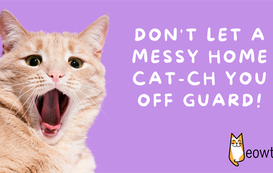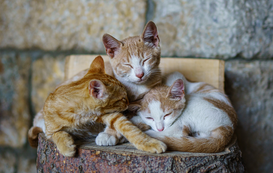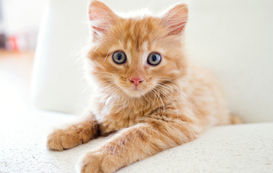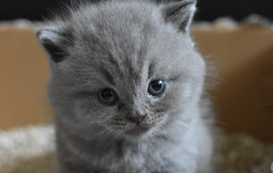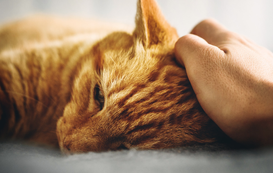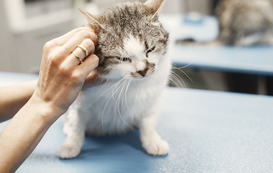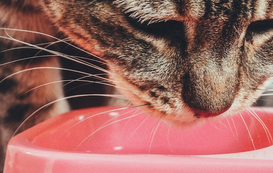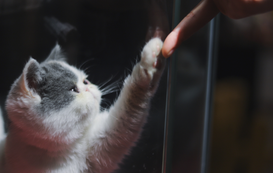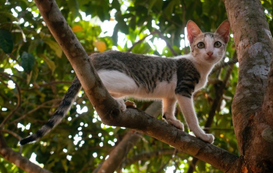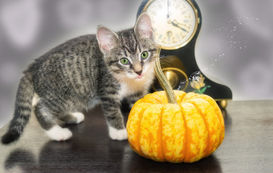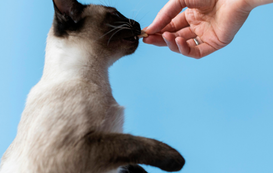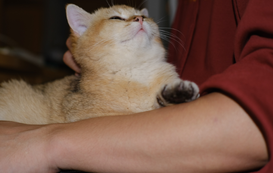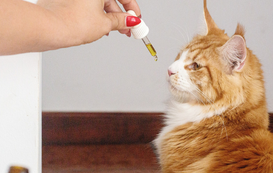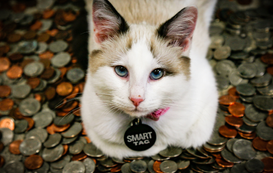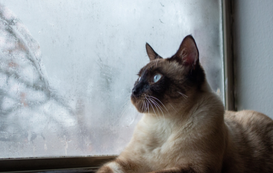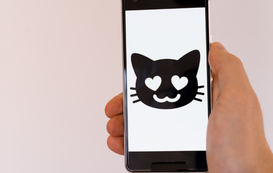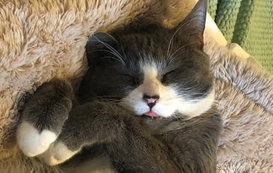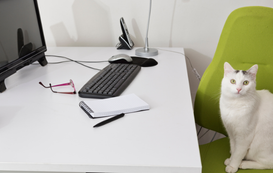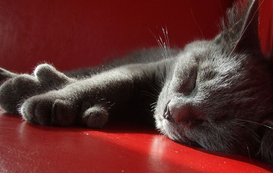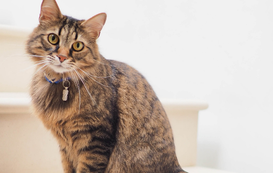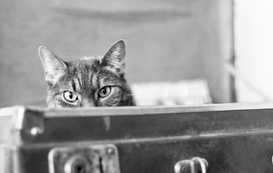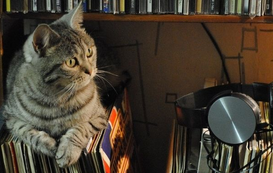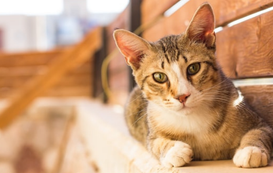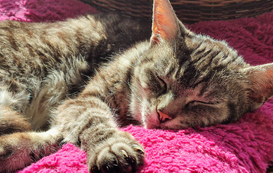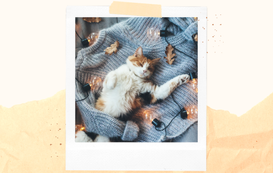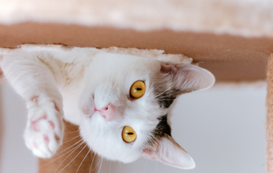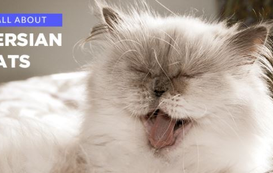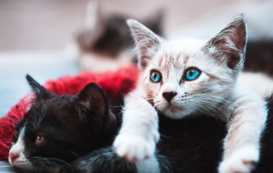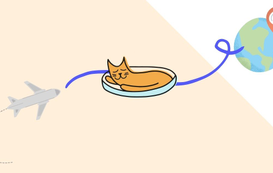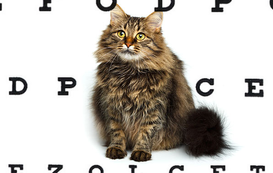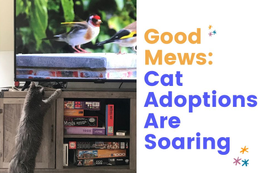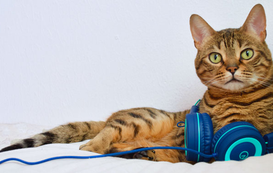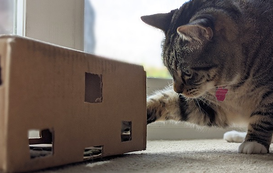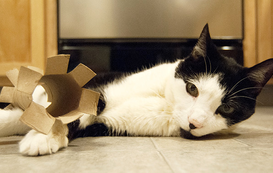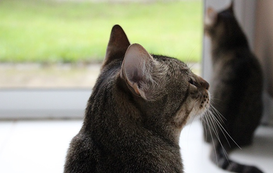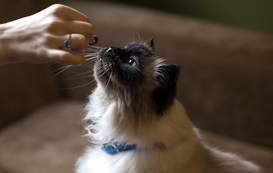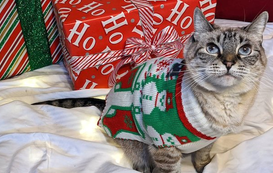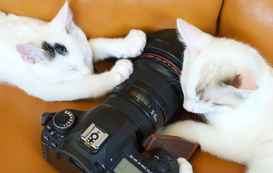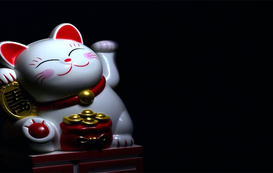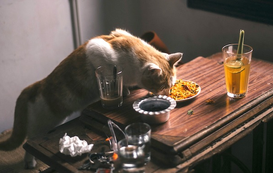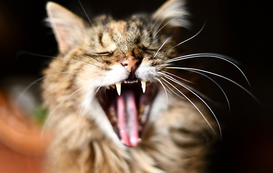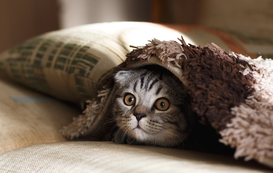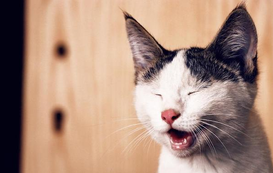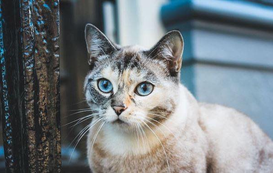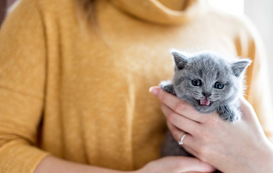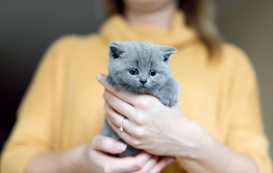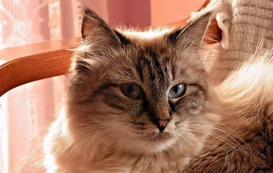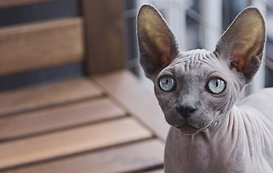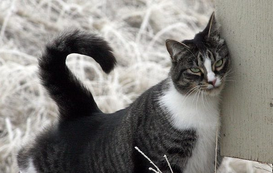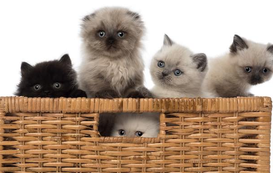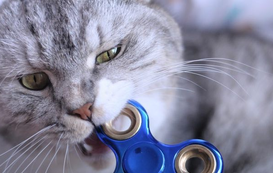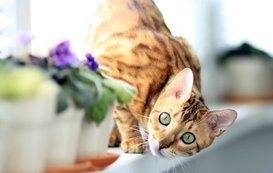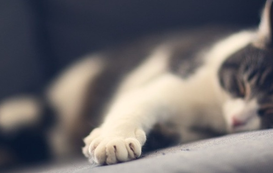Marie Kondo became an internet sensation after her show Tidying Up with Marie Kondo aired on Netflix. Her signature phrase 'does it spark joy?' became a household saying, one that helped homeowners decide which items to keep and which to throw away or donate.
Her clean-cut advice has helped thousands of people reorganize their homes in a way that makes sense. She has helped people live better and more organized versions of their life. But can her advice be applied to your cat? Cat parents know that when you have a cat, they are a part of the family. Which means their things take up a lot of room in your home.
Keeping your cat accouterments organized and 'sparking joy' is essential to the positive energy inside the home. Keeping your home happy for both you and your furry loved ones is going to be beneficial for everyone in the family.
The Marie Kondo Method
The Marie Kondo Method, or the KonMari Method, was created by Japanese organizing expert Marie Kondo. She began her tidying business as a 19-year-old university student and is now a New York Times #1 best selling author and the star of the Netflix show Tidying Up With Marie Kondo. Her unique method of tidying and organizing the home has gained popularity in tens of thousands of homes across the globe.
KonMari is unique in that it encourages organizing by category instead of location. Many people begin their organizing process by going from room to room, but by the KonMari method, this is incorrect. In fact, she has six rules of organization:
- Commit to tidying up. This can be a difficult (but worth it) task.
- Imagine your ideal lifestyle. Envision what environment will nourish that.
- Finish discarding first. Thank each item for serving its purpose.
- Tidy by category, not location. Fully commit to this step.
- Follow the right order. Completely finish one category before removing on to another.
- Ask yourself if it sparks joy. If it does not, get rid of it.
The categories of the KonMari method begin with clothes and then moves on to books, paper, 'komono' (miscellaneous items), and end with sentimental items.
Kondo advises you to assess each item in order of the categories and ask yourself, 'does this spark joy?' Yes, every single item. Beginning with clothes, pull out every single item of clothing you own and ask yourself if it brings you joy. Then move on to any and all books you own, any and all paperwork in your desk, filing cabinets, and bins, and so on and so forth.
This process is a minimalism-based process so the idea is to have a much smaller number of items than you did in the beginning. Clearing unnecessary clutter that doesn't bring joy into the home is the ultimate goal of the KonMari method.
How to Apply the Marie Kondo Method to Your Cat
Now that you know all about the KonMari method, how can you apply this to your cat?
Within the home, there are many accouterments that go along with owning a cat. There are toys, litter boxes, food and bowls, water bowls and fountains, cat beds, scratching posts, cat towers, etc. Sometimes the amount of cat-related items in the home can get out of hand and, without the proper organization, can attract negative feelings attached to them.
By applying the KonMari method to your cat and your cat's belongings in the home, it can create a much more harmonious atmosphere for humans and felines alike.
Begin by creating a category list for the items, similar to the categories in the KonMari method. You can start with toys and then move on to food and water, litter, and end with miscellaneous. Thankfully, cats tend to have a lot fewer things than humans.
Toys
Go around your home and collect all of your cat's toys. Not only might you ask if these toys spark joy for you (are they old and ratty? Do they make annoying or unpleasant noises?) but you might also ask if they spark joy to your cat. How much does your cat actually play with these toys? Anything that does not spark joy for you or your cat could be discarded.
Food and Water
Placement of your cat's food and water is also another important step in organizing your home. First, where are you keeping your cat's food? Are they in your cabinets alongside human food, or do you have a special place for them? Keeping dry food in a tidy and aesthetically pleasing container is a nice alternative to keeping it in a bag, and keeping wet canned food in specific cabinets where they are easily accessible will also be helpful.
When you are placing your cat's food and water dishes, think carefully about their placement. Is it in a calm area where your cat will be able to enjoy mealtime? If your cat is a messy eater, is their food in an area of the home that will negatively affect the atmosphere of the room.
Litter
Thoughtfully placing litter is possibly the most important part of organizing your cat's belongings. Litter can be extremely unpleasant to the nose, so it helps to keep their litter box somewhere that will not negatively affect the smell and overall energy of the home. Consider keeping it somewhere that is easily accessible by the cat, but away from where people regularly congregate.
Miscellaneous
The rest of your cat's items such as scratching posts, cat beds, and cat towers can all follow this same system. Consider the placement of the items and if they are conducive to the energy flow in the home. If these items are not sparking joy to you or your cat, it's time to let them go. Most cats will have items they favor and items they ignore-if they do not use or like it, get rid of it!
Ready to declutter your cat's life? Find a cat sitter on Meowtel today to keep your kitty happy while you KonMari!

